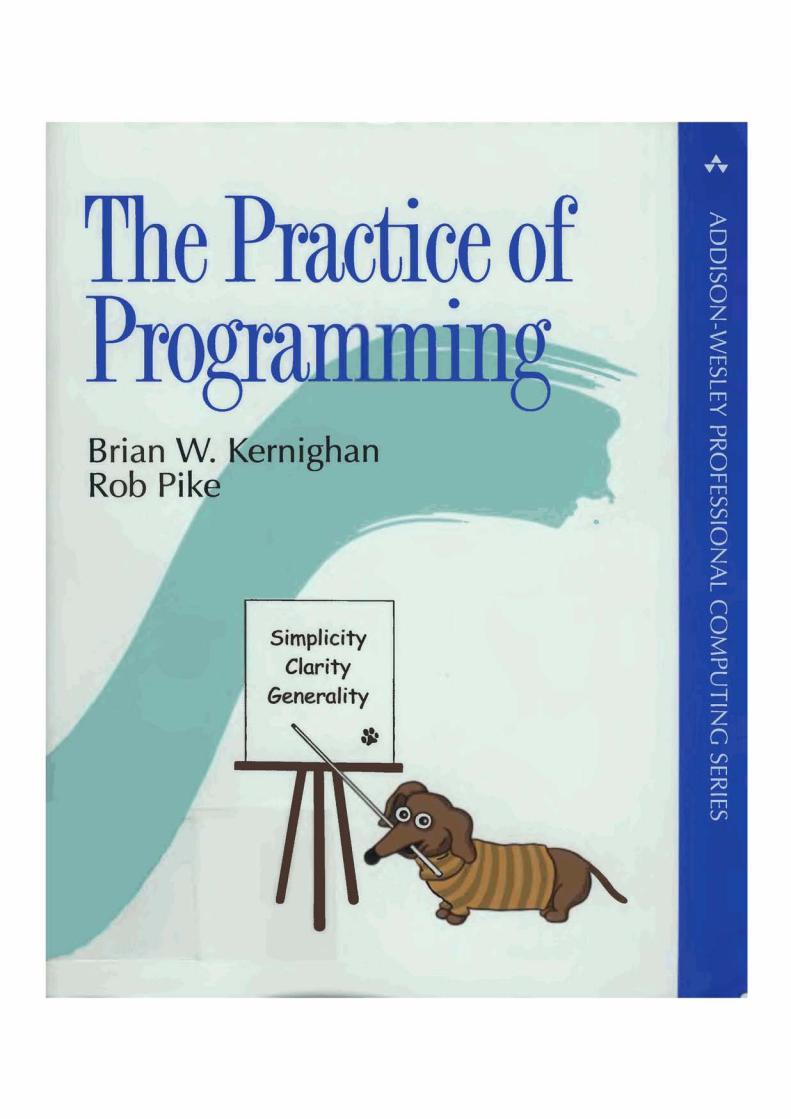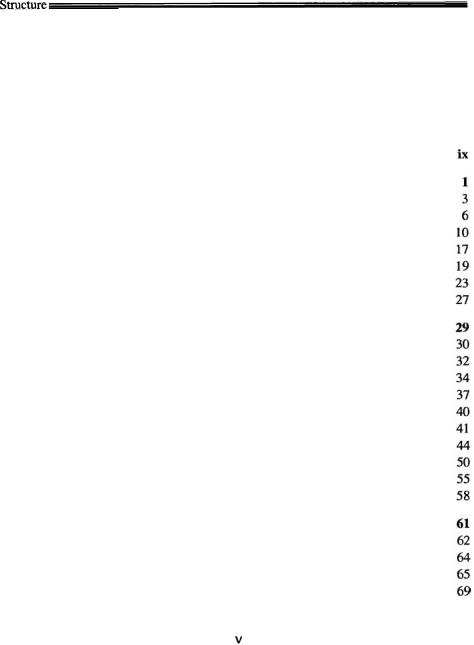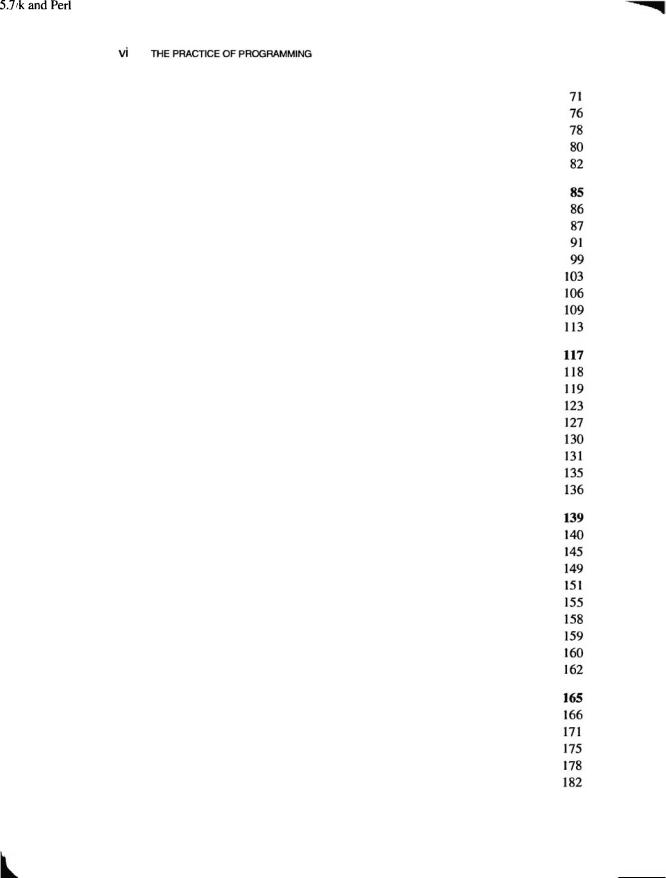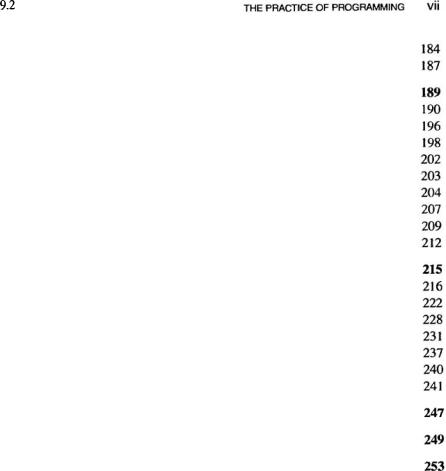
The Practice of Programming - B. W. Kernighan, Rob Pike
.pdf


The Practice of Programming







Interfaces between users, programs, and parts of programs are fundamental in programming and much of the success of software is determined by how well interfaces are designed and implemented. Chapter 4 shows the evolution of a small library for parsing a widely used data format. Even though the example is small. it illustrates many of the concerns of interface design: abstraction, information hiding, resource management, and error handling.
Much as we try to write programs correctly the first time, bugs, and therefore debugging, are inevitable. Chapter 5 gives strategies and tactics for systematic and effective debugging. Among the topics are the signatures of common bugs and the importance of "numerology," where patterns in debugging output often indicate where a problem lies.
Testing is an attempt to develop a reasonable assurance that a program is working correctly and that it stays correct as it evolves. The emphasis in Chapter 6 is on systematic testing by hand and machine. Boundary condition tests probe at potential weak spots. Mechanization and test scaffolds make it easy to do extensive testing with modest effort. Stress tests provide a different kind of testing than typical users do and ferret out a different class of bugs.
Computers are so fast and compilers are so good that many programs are fast enough the day they are written. But others are too slow, or they use too much memory, or both. Chapter 7 presents an orderly way to approach the task of making a program use resources efficiently, so that the program remains correct and sound as it is made more efficient.
Chapter 8 covers portability. Successful programs live long enough that their environment changes, or they must be moved to new systems or new hardware or new countries. The goal of portability is to reduce the maintenance of a program by minimizing the amount of change necessary to adapt it to a new environment.
Computing is rich in languages, not just the general-purpose ones that we use for the bulk of programming, but also many specialized languages that focus on narrow domains. Chapter 9 presents several examples of the importance of notation in computing, and shows how we can use it to simplify programs, to guide implementations, and even to help us write programs that write programs.
To talk about programming, we have to show a lot of code. Most of the examples were written expressly for the book, although some small ones were adapted from other sources. We've tried hard to write our own code well, and have tested it on half a dozen systems directly from the machine-readable text. More information is available at the web site for The Practice of Programming:
The majority of the programs are in C, with a number of examples in C++ and Java and some brief excursions into scripting languages. At the lowest level, C and C++ are almost identical and our C programs are valid C++ programs as well. C++ and Java are lineal descendants of C, sharing more than a little of its syntax and much of its efficiency and expressiveness, while adding richer type systems and libraries.
